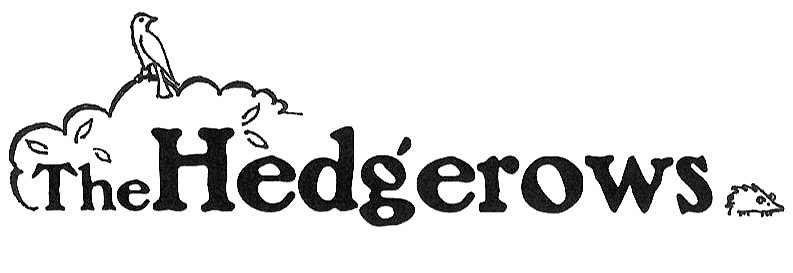How We Learn:
Doing, being, exploring, experimenting, questioning, researching, designing, engineering, leadership, with our peers, with older and younger partners…
Challenge-Based Learning
Learning through Action
Growing Together Though Experiential Learning. The Hedgerows provides a myriad of opportunities for all children to practice leadership and teamwork skills, developing respect for all ages, genders, and personalities. Learners form groups every week to address assignments in core skills such as math, reading/writing, science, history, and the arts. Groups might be mixed-aged or made up of peers. Everyone’s input is valued. Our multi-age studio space requires learners to work collaboratively, taking a team approach to problem-solving, promoting communication, and collaboration!
A Small Learning Environment, Big Opportunities
What opportunities does a small learning environment like The Hedgerows provide that a larger, more traditional institution may not? The answer is: A lot! Here are just a few:
Greater flexibility. Because the arts and core skills are intertwined into the curriculum at The Hedgerows, we are better able to follow an individual’s, a group’s, or the whole studio’s interest in a particular topic rather than cut off an investigation because the bell rings to change classes. A flexible daily schedule helps learners master how to handle the unexpected, to be ready for whatever might happen on a given day, and to enjoy the surprises that inevitably come up.
Strong personal relationships. A small educator to learner ratio supports learning, risk-taking, and personal growth in children. These relationships grow stronger over time as learners moves through the program, not having to change educators every year.
Everyone knows one another. A small learning community allows everyone to support the struggles and celebrate the successes of every person as well as gives each member a feeling of belonging. It allows advisors to be on top of situations that in a traditional learning environment might lead to bullying or personal conflicts.
Empowered learners. Children and young adults with strong sense of self-worth are able to take an active role in their own education, working side-by-side with peers, learners of different ages, and advisors.
Active Parents. Parents are usually more actively involved in their child’s education and in contributing their time and expertise in ways that enrich the learning community.
Yes, The Hedgerows is smaller than what many might consider a typical learning environment, but that only heightens the advantages.
A Multi-Age Learning Community in One Room
In one large space divided into smaller learning areas full of books, materials, and technology, learners of all ages explore, learn, and discover. The arrangement of the room allows them to easily find whatever tools for learning they need and they don’t have to wait to go to the library or computer lab, to the art or music room in order to be able to access the equipment and materials. It also allows them to be more independent in the use of the space, knowing where to find what they need and where to put it back when finished with it. At The Hedgerows children of all ages and learning levels work and learn together — sometimes independently, sometimes with partners or in teams. Sometimes they might be divided by age, sometimes by ability, sometimes working altogether. Each experience has a purpose, but in the end, what results is a strong community of learners who understand one another.
The Hedgerows recognizes that as kids grow, so do their needs. While learners of all ages come together for parts of each day, there are times when the younger learners and teens are working separately. Their days look very different.


